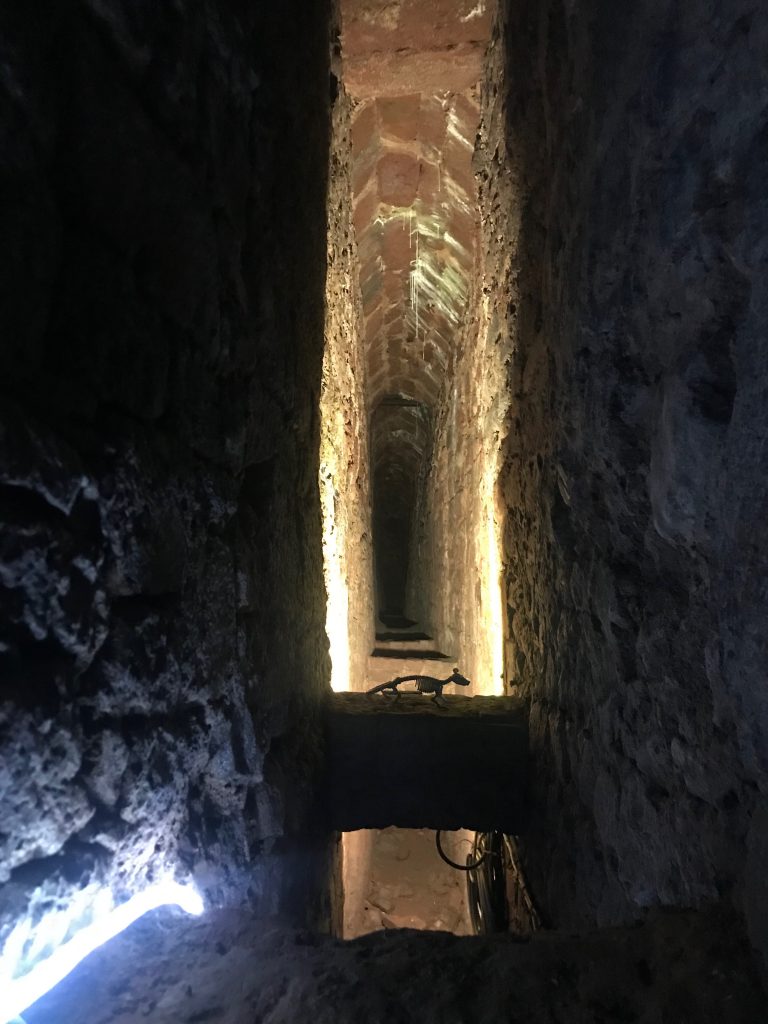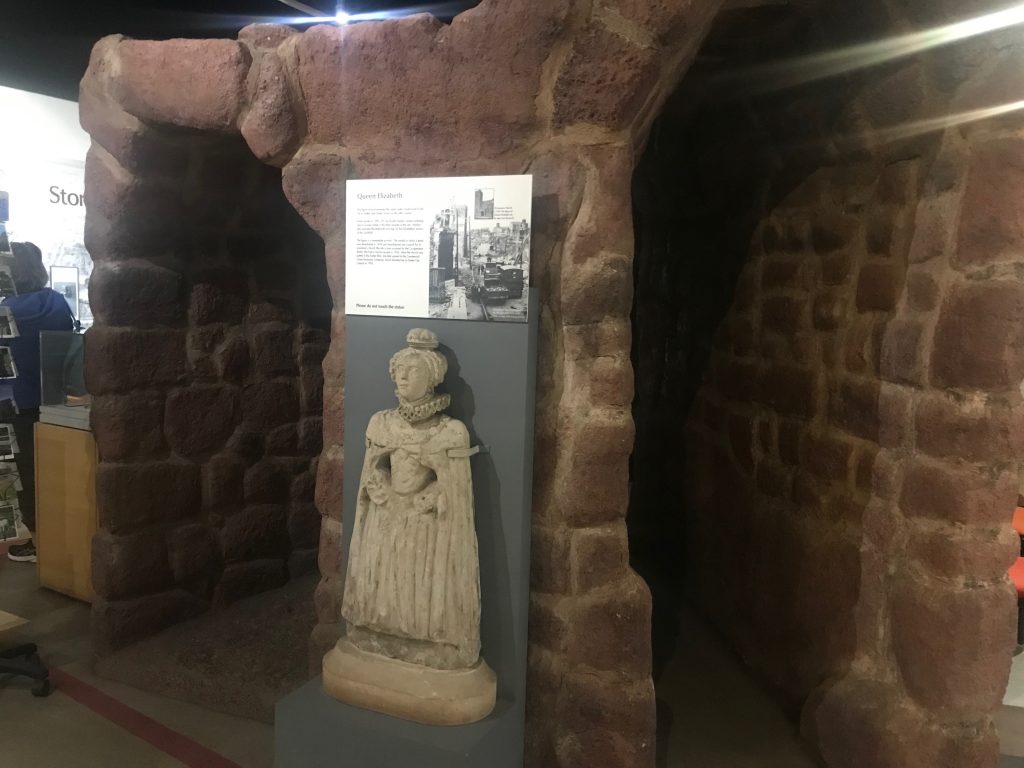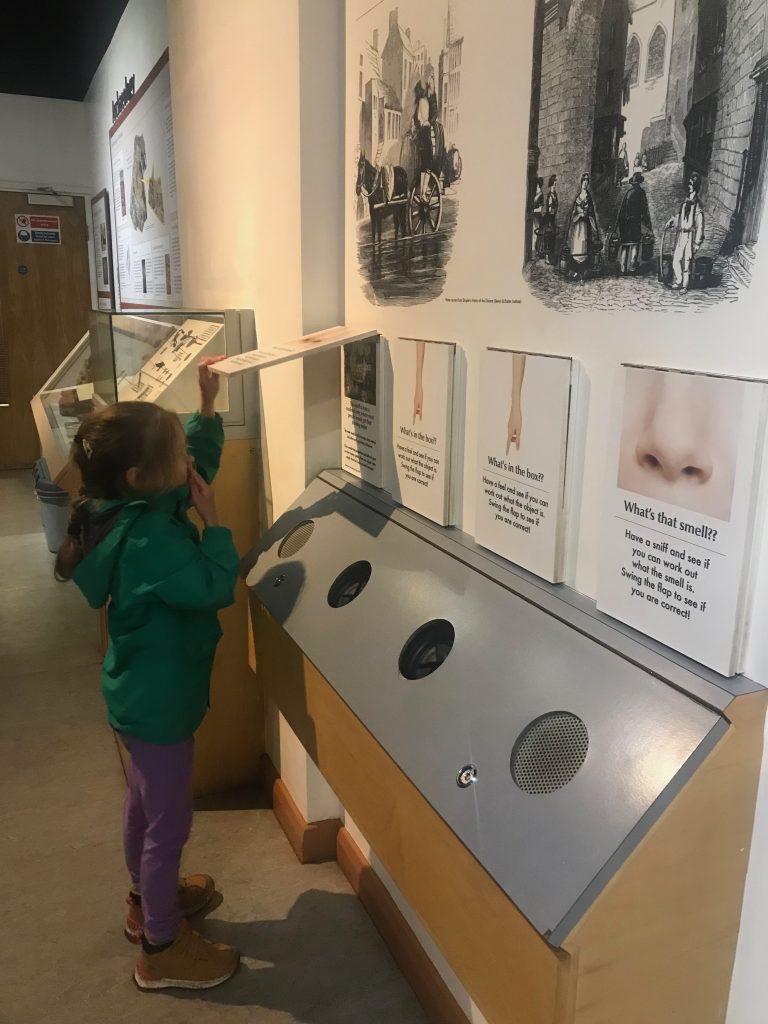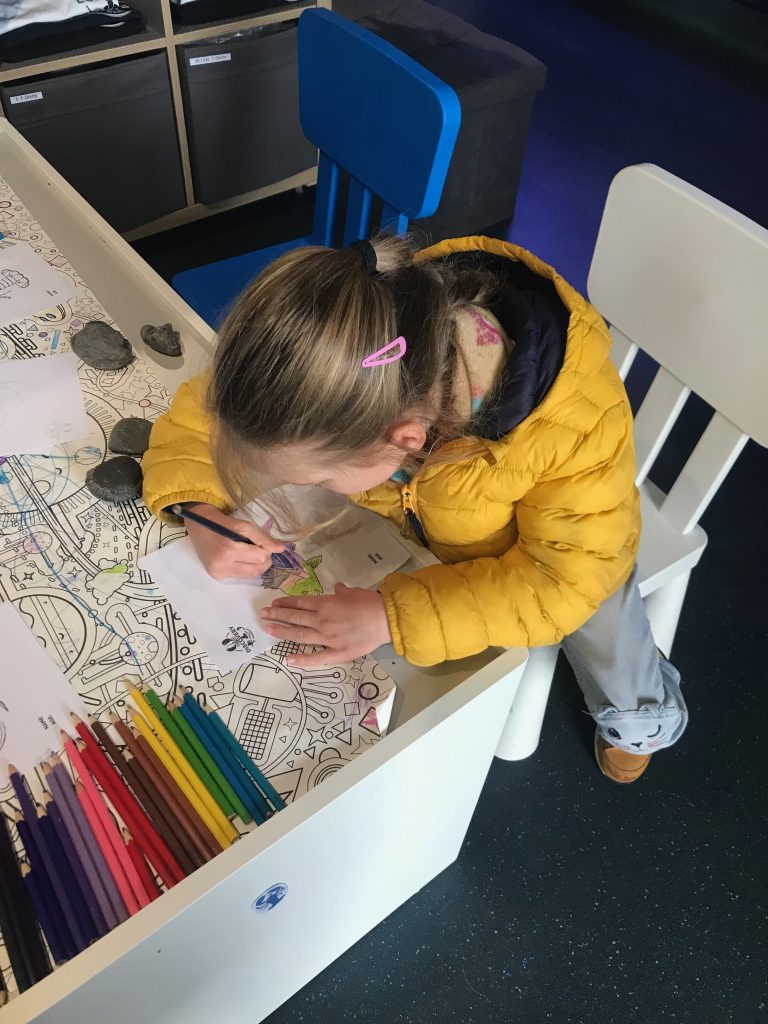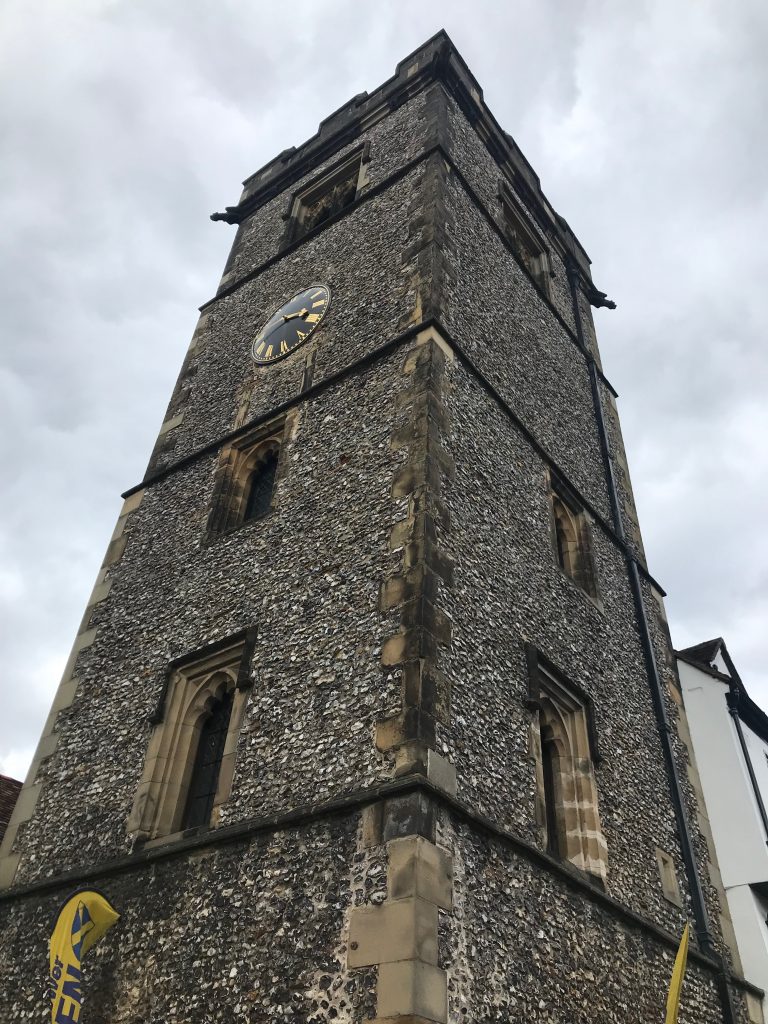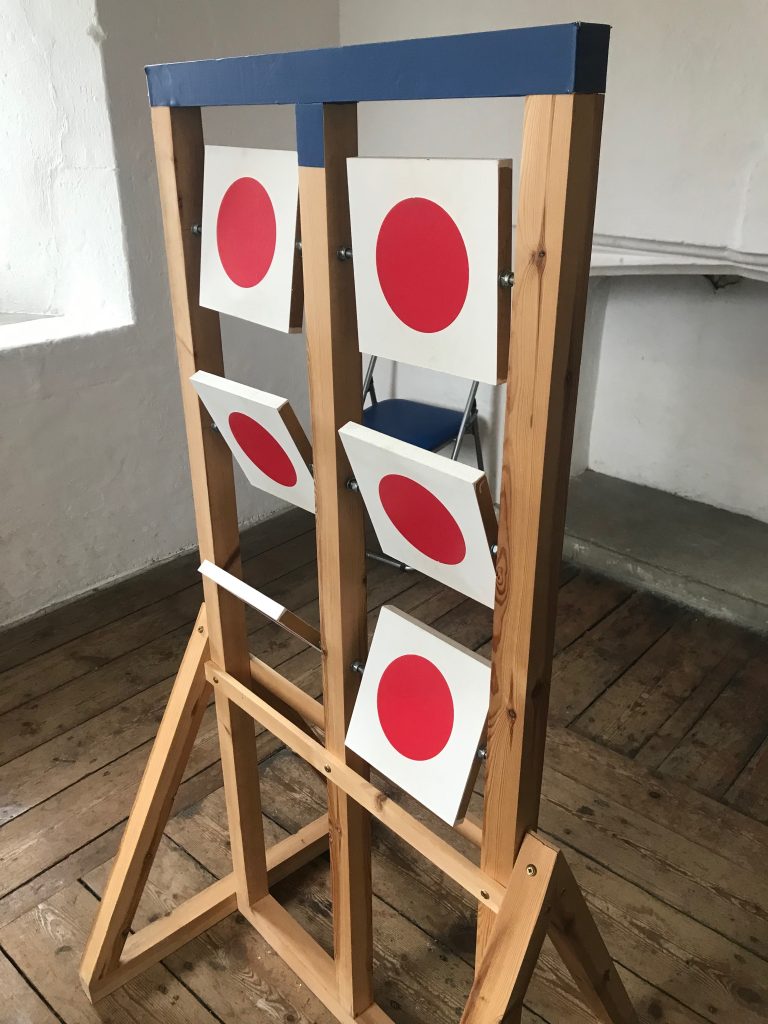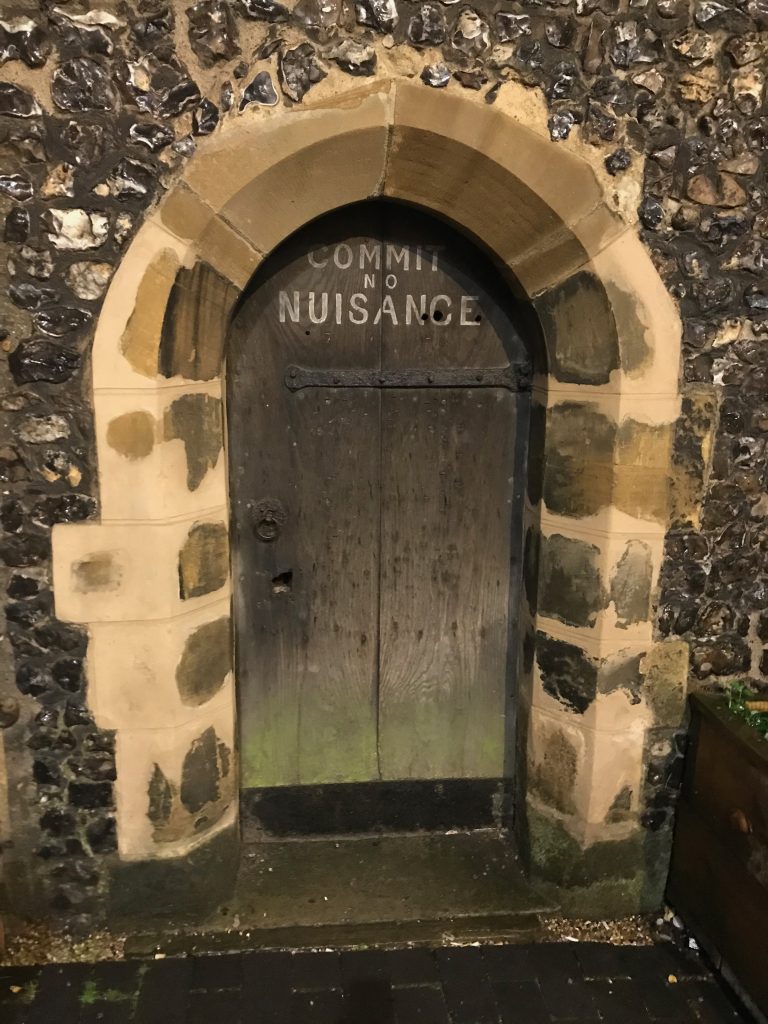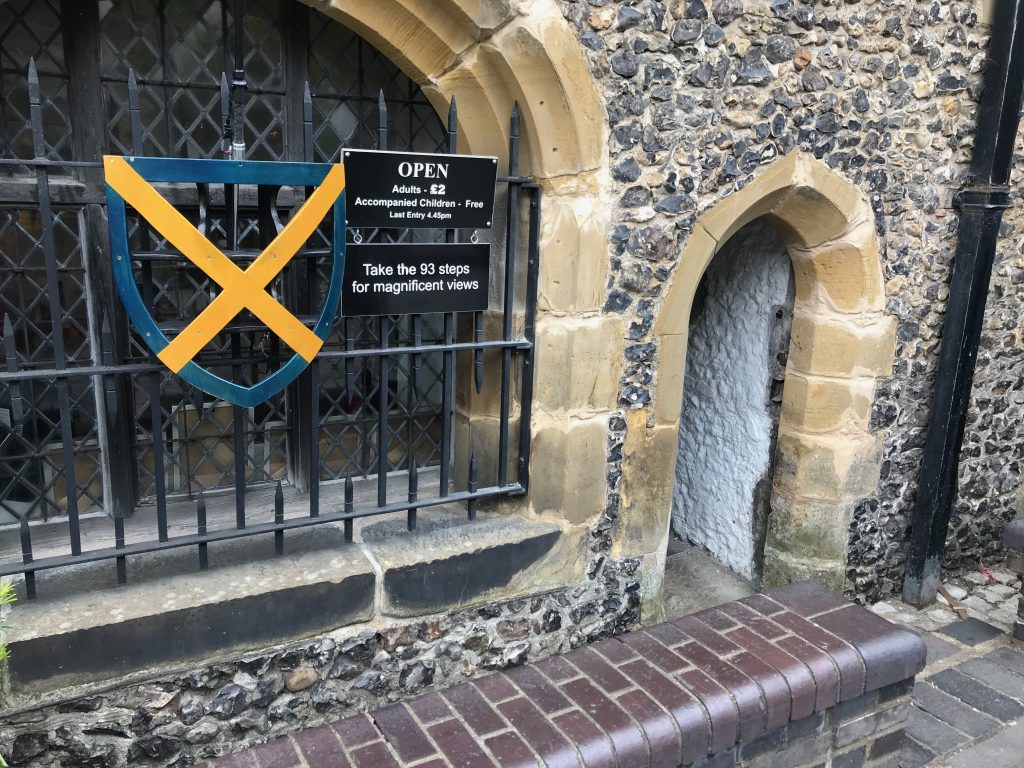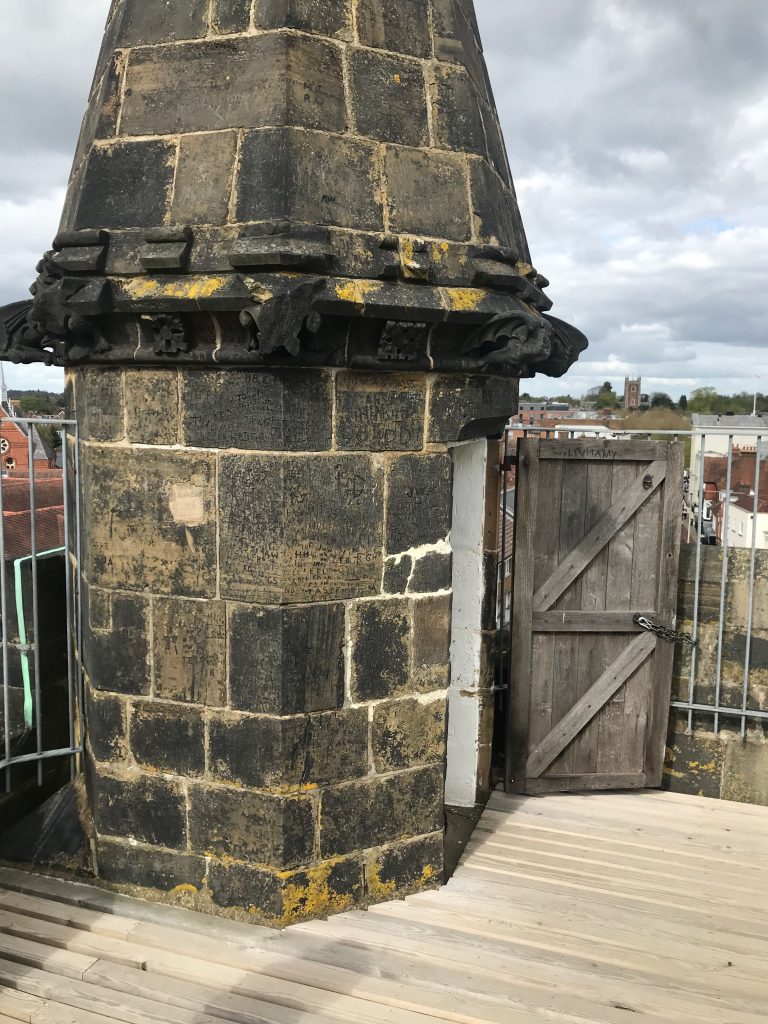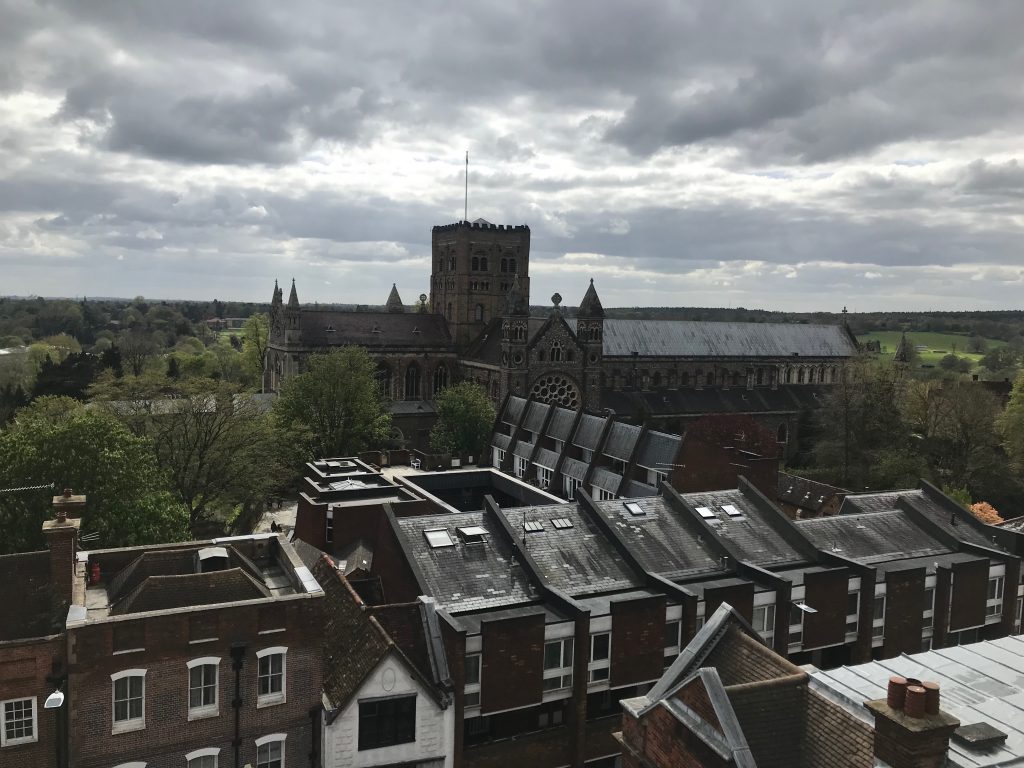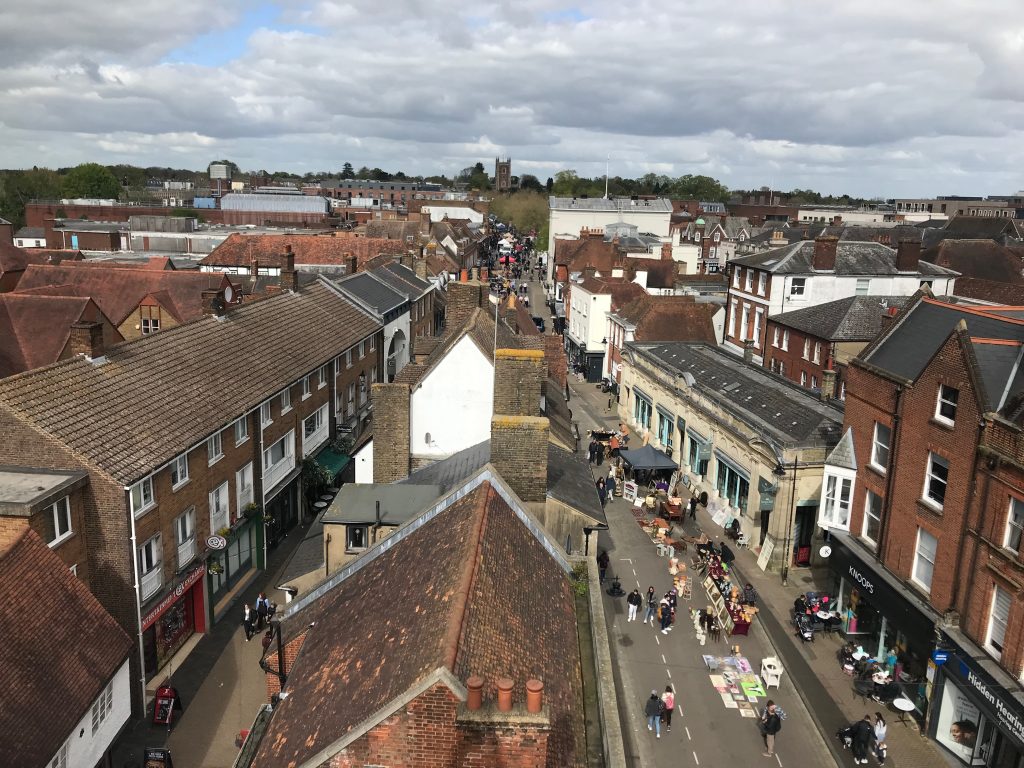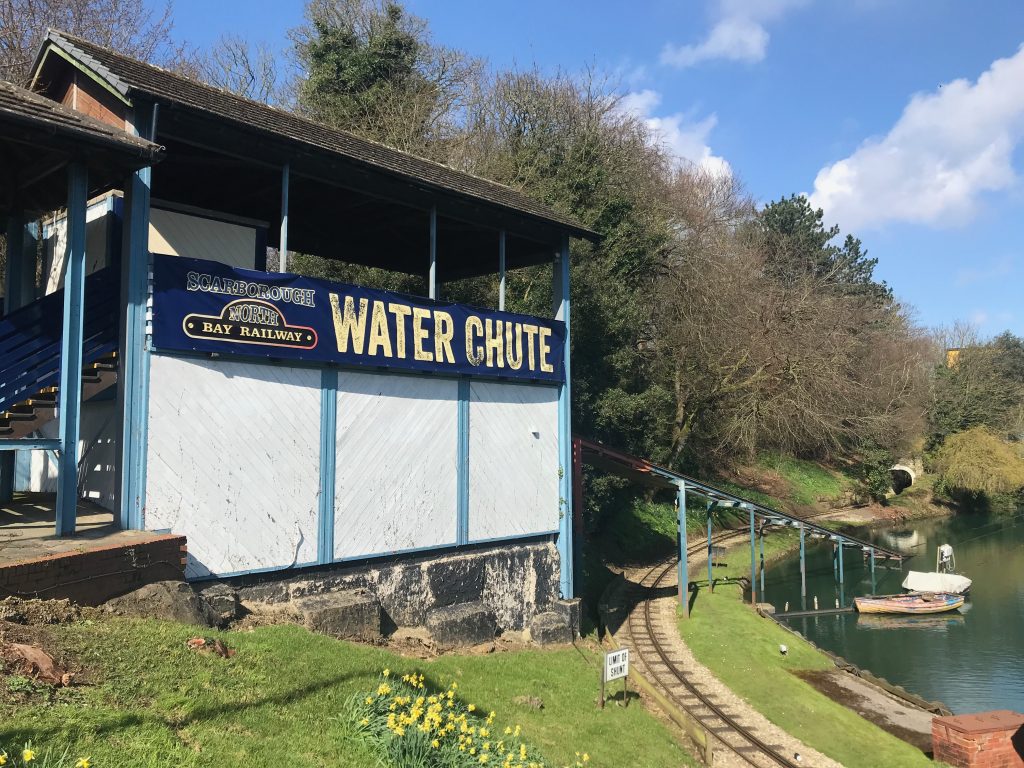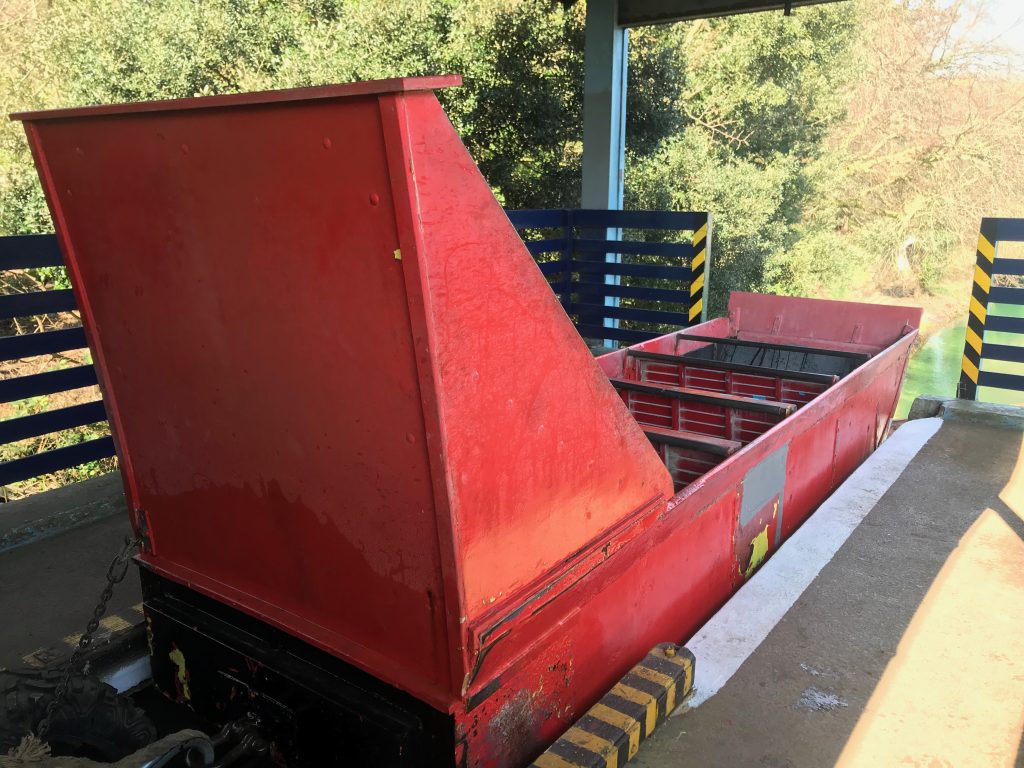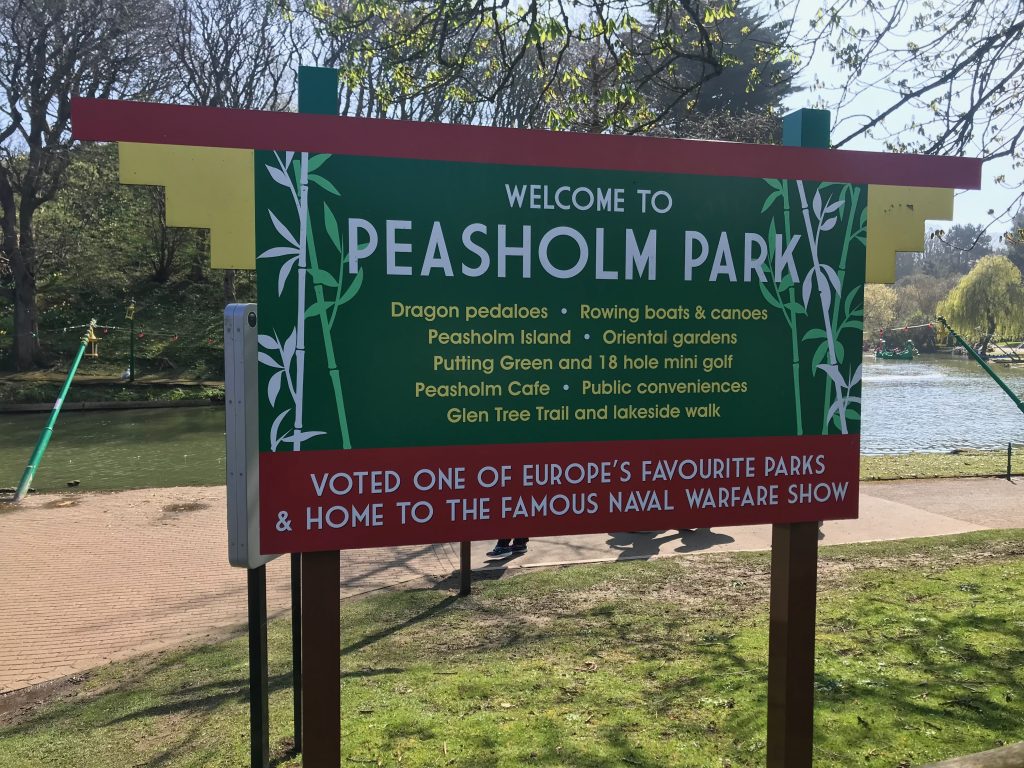It all started with an Instagram ad. One of those ones that pops up between stories and is usually getting you to improve your life in some way, or offering you something that seems too good to be true. That was my initial thought when I saw that DFDS were offering day trips over to Dunkirk for just £25.
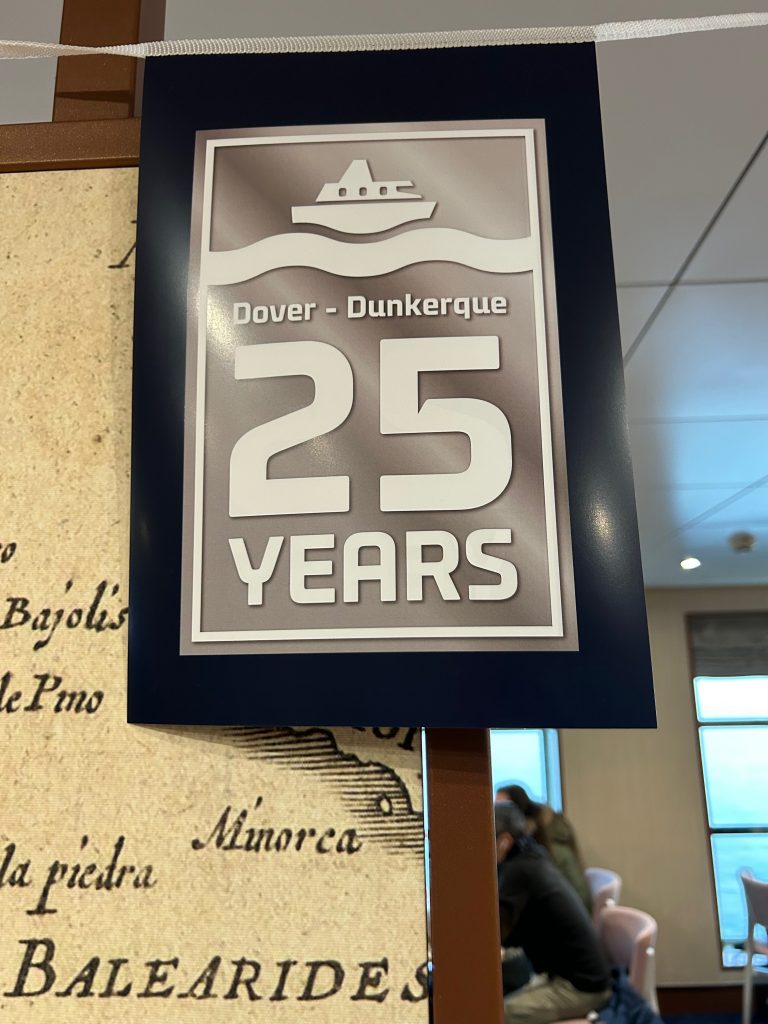
I assumed that there would be no tickets left. That it would be £25 per person. That there would be a catch of some kind. But there wasn’t. To celebrate 25 years of their route between Dover and Dunkirk they were offering £25 day return tickets for a car and passengers in the month of March. Amazingly there were tickets available to go on a Sunday in just a week and a half’s time. At this point my husband was in the loo so I didn’t even bother checking with him before I started booking. I got half way through entering the car details and then I found the catch…
Two weeks earlier we’d sent off his passport to be renewed. His ten years were very nearly up and there was the chance that he was going to need to go to Germany with work soon and, as we had no other trips planned, we thought it would be a good time to get it done before the Easter holidays. But then they rejected his photo (seems our white shower curtain background was too textured) and we hadn’t got round to sending in a new one. The passport office had been sent his old passport though, so even though it would be valid for travel he didn’t have it and therefore couldn’t technically travel.
After an hour or so of feeling deflated and annoyed that I’d found an amazing offer but couldn’t make the most of it I decided not to let admin stand in my way. After all, I can’t even get a day return on the train for the whole family into London from where I live for £25, let alone being able to take us all to France for the day. I went ahead and booked the ferry tickets and then found a huge sheet of white card and took new passport photos for my husband and submitted them in the hope that he’d have a new passport before it was time for us to head to Dover. If his passport wasn’t there in time we’d only lose £25.
The good news was that the passport arrived on the Thursday (thanks Passport office!) and so on the Sunday we headed off bright and early for Dover and our trip to France. The youngest in the back of the car stupidly excited that she was off to another country for the day and would be back in time for school the next morning.
Dunkirk or Calais?
It’s a couple of hours from where we live to Dover and we’d done the trip a few months earlier to head over to Calais and the Opal Coast area of France, so we knew the drill quite well and where we might get held up en route. We left plenty of time and didn’t need our contingency. So much so that when we arrived at Dover and checked in the guy in the little booth said that there was space on the earlier sailing to Calais if we wanted to take it. Now that ferry was leaving a whole hour and twenty minutes earlier than ours, and the crossing is 30 minutes shorter than that to Dunkirk. We instantly decided to take it and drove aboard. Within 20 minutes we were pulling out of Dover feeling pretty chuffed with ourselves and starting the first Uno game of the day.

That’s the advantage of sailing with DFDS over Irish Ferries and P&O who also cover the Dover – Calais route. DFDS have the two routes and so if you manage to check in early and they have space they will often offer you a space on an earlier sailing to the other port.
It’s only an hour and a half to Calais and from there a 30-40 minute drive to Dunkirk so we knew that we had some time in hand so actually pulled over in Calais and enjoyed our sandwiches next to the beach watching the ferries roll in to the port of Calais. We’ve also discovered a place on the beach that sells incredibly cheap ice creams that we now have to take advantage of every time we’re passing!

Having spent some time exploring Calais a few months earlier (and knowing that we were returning in just a matter of weeks on our way to another trip to the Netherlands) we pressed on to Dunkirk in the car. It was only 40 minutes from the beach in Calais to get there and we were thrilled to find space in a free car park near the beach.
WW2 and Operation Dynamo in Dunkirk
Now for me the main attraction of visiting Dunkirk was to see the beaches where Operation Dynamo had taken place during the Second World War. I had spent a term working in a Year 6 class where they had been studying WW2 and Operation Dynamo in particular. I remembered my parents saying that they had visited Dunkirk many years ago and my mum was actually quite disappointed that there wasn’t more there marking what had happened. She’d managed to find one memorial that the local tourist office had pointed her towards and that was it.
Since then though Holywood had been to Dunkirk in the form of the Christopher Nolan film and as a result it seems that money had been directed into marking what had happened there more for tourists visiting the area. Our previous trip down the Opal Coast had shown us that there was a definite interest in the Second World War in the area with several small museums along the coastline and lots of tourists heading for them. In Dunkirk there were several display boards along the beach with pictures from the evacuation and text in English and French explaining what had happened. I get the impression that these had been paid for with money from the film.

It was also evident to us that money was being directed into the beach area to attract tourists more generally. As well as new apartment blocks and cafes and restaurants there was also a sparkling looking Hotel and Spa from Radisson Blu right next to the beach which looked like a lovely place to stay.
For our daughter the history side of things was secondary to being in a different country for her lunch and she was equally thrilled that we’d thrown her scooter in the back of the car, as it meant she was able to scoot along the seafront to her heart’s content whilst we took in some of the history.
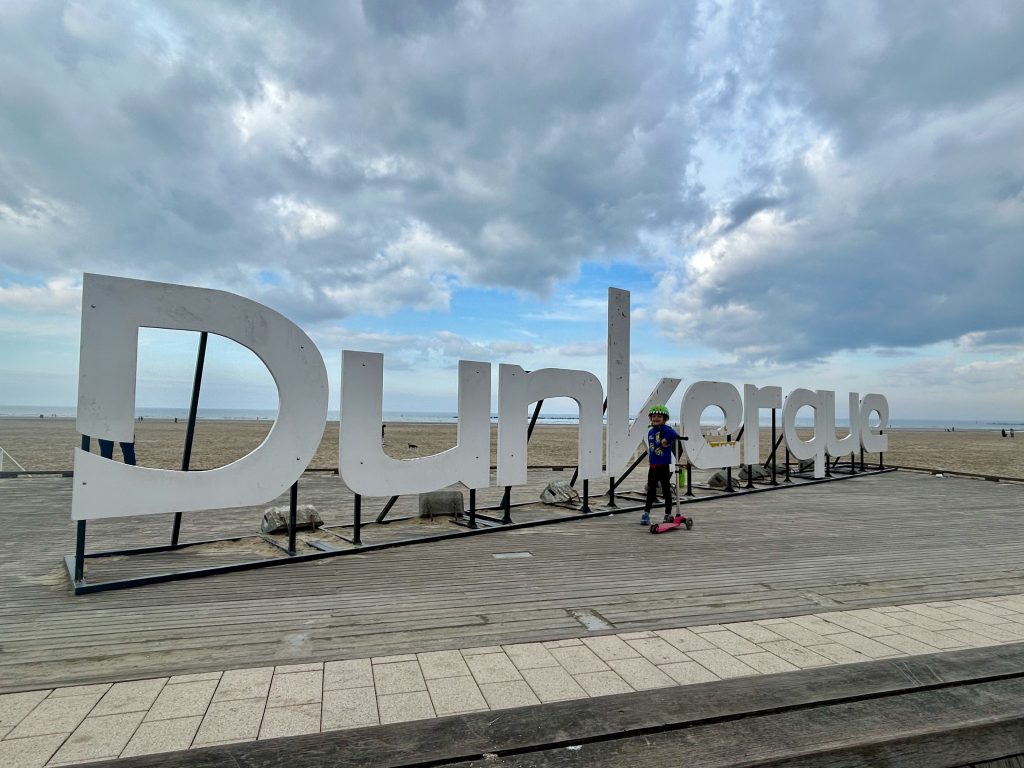
With the trip planned so quickly and a busy time at work meaning we hadn’t done much prep we were also delighted to find that there was now a museum all about Operation Dynamo close by and, although we didn’t have time that day to go, we made a mental note to return and visit.
Before we knew it we were jumping back in the car and heading to the port in Dunkirk for our ferry home. It is worth noting though that the port in Dunkirk is to the south of the town, towards Calais, so really there isn’t all that much difference in overall time when you compare sailing to Calais and driving up the coast. Especially so when you think about the ferry taking an extra 30 minutes to get to Dunkirk.
After a little bit of a problem at passport control (when the French officers forgot to stamp me out of the country and instead stamped my husband’s new passport out twice!) we managed to get the UK Border Force to help us make sure I was officially and legally out of France before we boarded the ferry home.
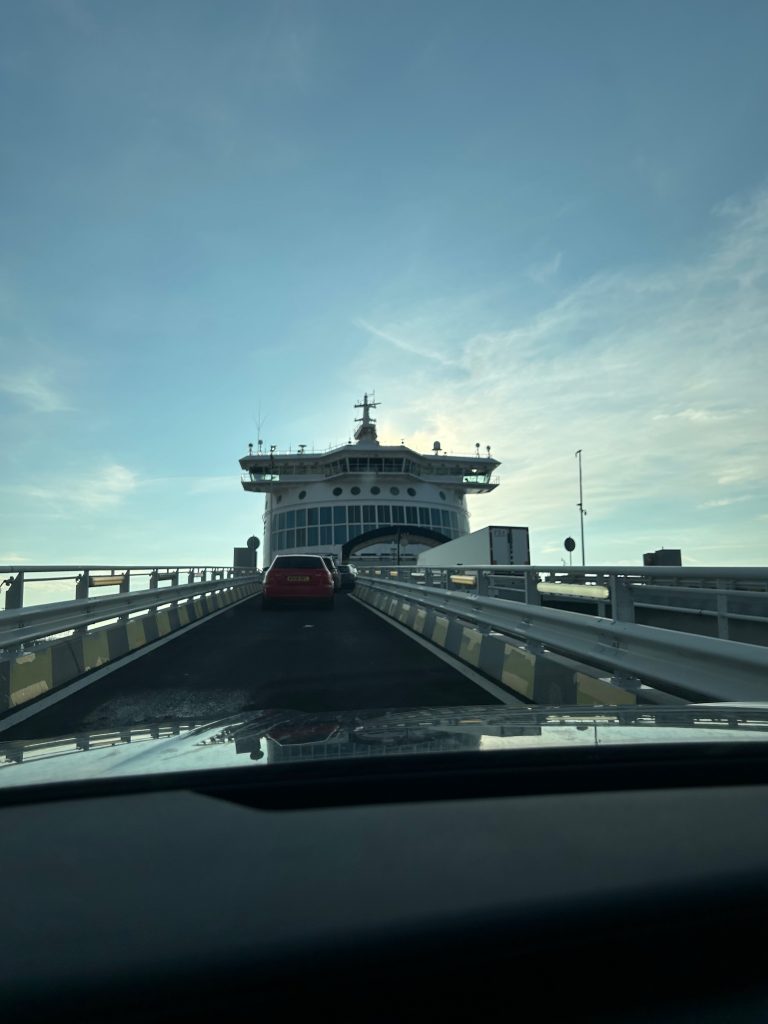
The ease and calmness of ferry travel
The two hour sailing was a breeze and I have to admit to being a huge fan of the convenience and calmness of taking the ferry over to France rather than flying. Just being able to sit on deck with a cup of tea and take in the sea air is a huge positive for me rather than being cramped in a plane. Yes the meal on the ferry home did cost more than the return ferry tickets, but overall it was still far cheaper than a day trip to London and a meal out there.
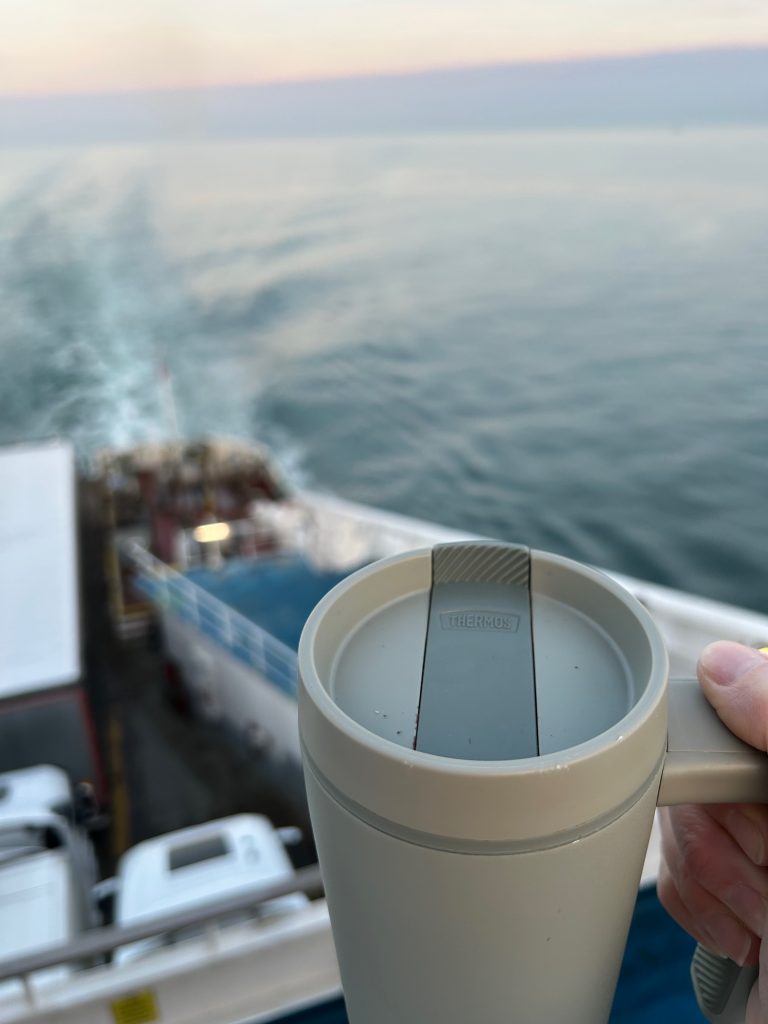
I said we’d return and take in the museum there, but it was only when we then visited my mum at Easter and told her about the trip and she said the words “oh I wouldn’t mind returning to Dunkirk for the day” that we put another plan in action. It just goes to show that Extreme Day Trips don’t only involve flying!
